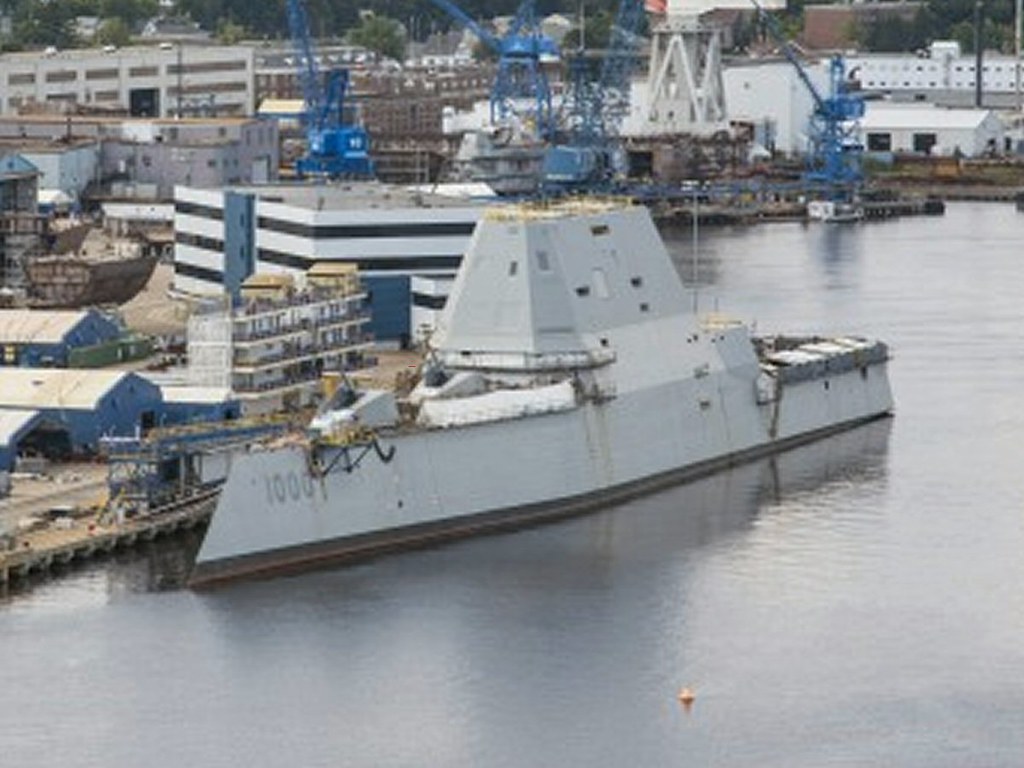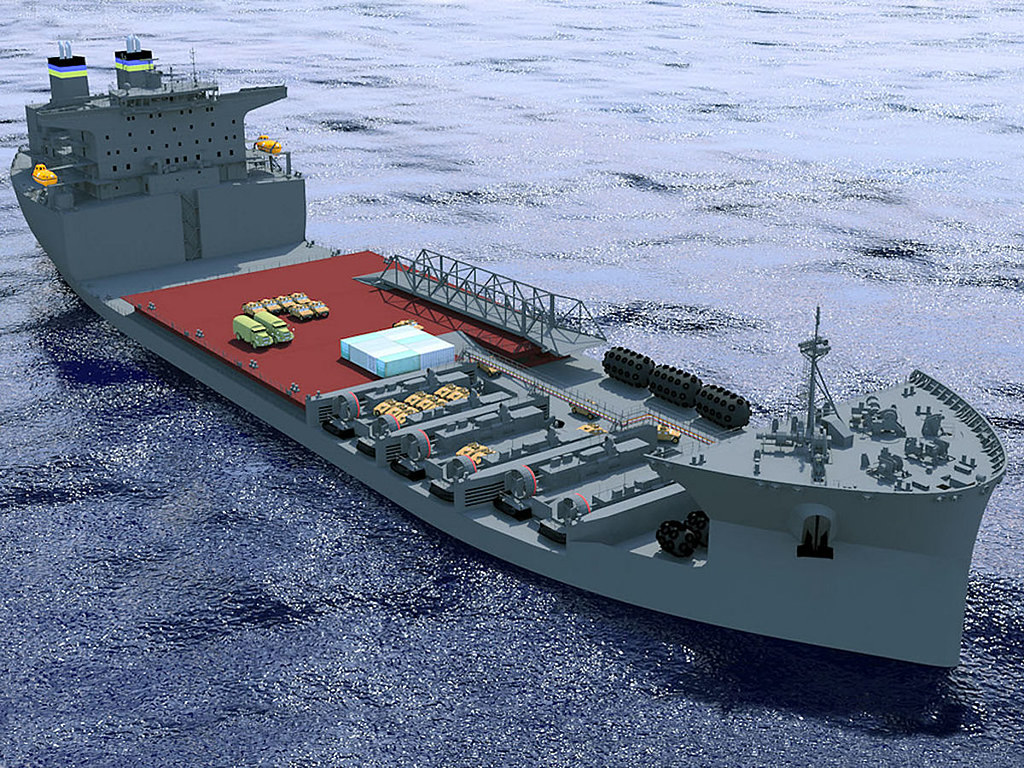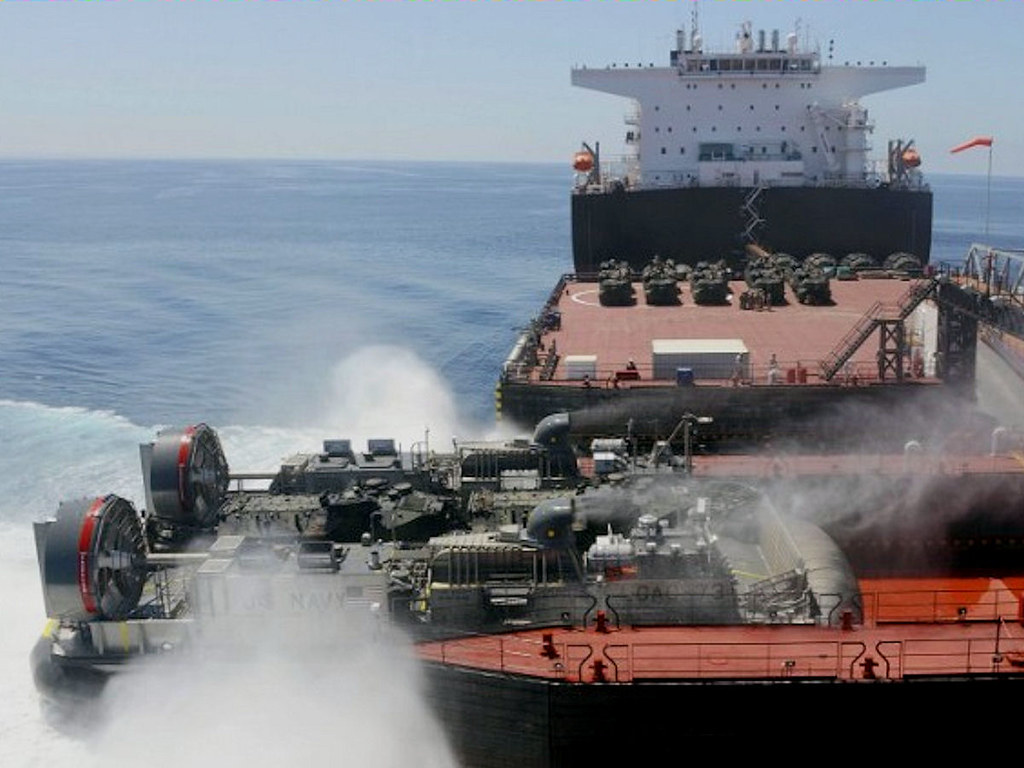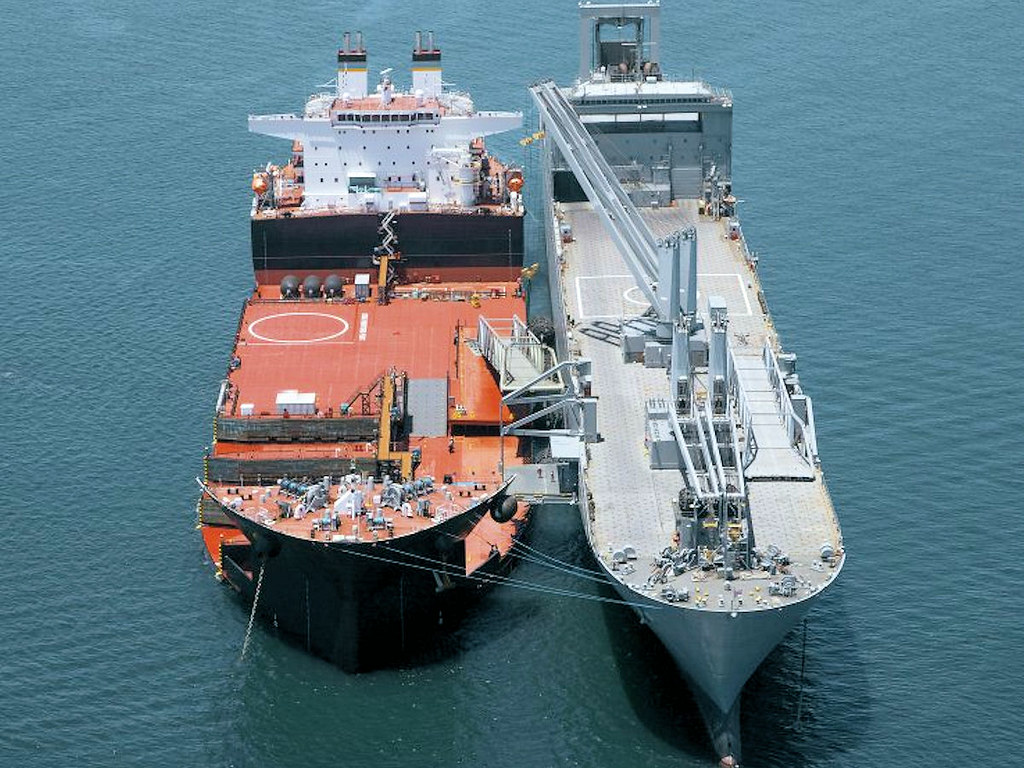Ramping up missions yields more port calls for crews
By David Larter, Staff writer 4:42 p.m. EDT August 14, 2014
NAV New Missions Africa Europe.jpg
(Photo: MC1 Collin Turner , Navy )
CONNECT
TWEET
LINKEDIN
COMMENT
EMAIL
MORE
The crew of the cruiser Vella Gulf is getting very good at transiting the Turkish Straits into the Black Sea.
The ship has been in the troubled region three times in the past few months — a frequency that harkens back to the Cold War. Since the fall of the Soviet Union and the first Gulf War over two decades ago, 6th Fleet for most sailors meant a sunny Mediterranean port or two on the way to the Middle East, unless a crisis intervened.
But with the ballistic missile defense mission ramping up for more ships and in the face of a confrontational Russia, the once calm 6th Fleet is back on the front page — and it's likely to mean a lot more time in Europe for sailors.
Since deploying in March, Vella Gulf has been all over the Med. One Vella Gulf crew member even paraphrased a classic Navy recruiting slogan to sum up his feelings before deployment.
"This is an awesome opportunity to serve our great country and see the world at the same time," Ship's Serviceman 3rd Class Zackery Schrock said in a Navy release.
And see the world they have. Vella Gulf's port visits include old standbys like gorgeous Souda Bay, Greece, and exotic locales such as Varna, Bulgaria; Constanta, Romania; and Kusadasi, Turkey.
The Vella Gulf isn't alone. The destroyer Truxtun also pulled into Varna and the destroyer Donald Cook pulled into Constanta. The frigate Taylor pulled into the Georgian seaside resort town of Batumi.
Turkey, in particular, has been welcoming lots of sailors. Istanbul, Aksaz, Bodrum and Antayla have all hosted ships in the past 12 months. Some other recent Med ports include: Palma, Spain; Haifa, Israel; Toulon, France; Piraeus,Greece; and Limassol, Cyprus.
Ships plying the Med's waters are increasingly likely to hit ports that, just months ago, were off the beaten path, as U.S. ships deepen ties to allies in an unsettled region.
Missions ramping up
These patrols aren't pleasure cruises, to be sure.
The Pentagon recently stepped up presence in the Mediterranean. In May, the destroyer Ross, with the latest AEGIS upgrades, left Norfolk to be the second of four destroyers to shift home port to Rota, Spain.
The ballistic missile defense destroyers are part of the missile shield intended to protect Europe and Israel from intermediate-range nuclear weapons. While U.S. officials say the threat primarily comes from Iran, the shield has the Russians concerned.
Ross joined the Donald Cook and will be followed by Porter and Carney next year. The plan calls for those destroyers to go on patrol every four months, followed by four months of down time for stand-down, training and maintenance.
The cruises have been busy and eventful. On its first patrol, the Donald Cook found itself in the middle of an international incident in April when a Russian SU-24 fighter jet buzzed over the destroyer at close range a dozen or so times, generating angry reactions from Pentagon leaders.
"This provocative and unprofessional Russian action is inconsistent with international protocols and previous agreements on the professional interaction between our militaries," Pentagon spokesman Army Col. Steve Warren said in an April release.
In May, Chief of Naval Operations Adm. Jon Greenert said the Russians had made a standard practice of shadowing warships in the Black Sea, but that most of the rivals' interactions had been professional.
But the Cook had plenty of fun as well. During its first month-and-a-half, the destroyer pulled into Souda Bay and Rhodes in Greece, Augusta Bay in Sicily, and Romania.
Besides hitting exotic ports and steaming near Russian ships, sailors have been spending time training allies in the region.
The Vella Gulf recently met up with Bulgarian, Italian, Greek and Turkish forces there for the Bulgarian-led annual exercise, Breeze. Truxtun and Taylor also spent time training Bulgarian and Romanian forces.
The heightened presence in and near the Black Sea isn't an accident, said retired Capt. Thomas Fedyszyn, a former cruiser skipper and now a professor at the Naval War College.
"I get to that part of the world a lot — Romania, Bulgaria, Georgia, Azerbaijan," he said. "The countries that are not closely aligned with Russia or radical Islamic groups really want to see the United States military presence."
'Arc of instability'
Fedyszyn said Russia's 2008 invasion of Georgia served as a wake-up call in the region for countries that want to stay autonomous, and since then those countries have sought closer ties with the U.S. military.
"We look at 2008 in Georgia as a classic case where the United States was on the right side, but simply had no wherewithal to do anything," he said. "And there are leaders in these countries who think that [Russian President Vladimir] Putin did what he did because he made a calculated bet that the United States had nothing and would do nothing. ... So the local leaders want to see us more."
The combination of Russian aggression in Georgia and Ukraine, where it recently annexed the Crimean Peninsula and is believed to be fueling an armed rebellion in eastern Ukraine, and the winding down of the wars in the Middle East should push the Navy to focus more on Europe, Fedyszyn said.
If it doesn't, the U.S. risks the possibility of letting a newly expanded Russian Black Sea Fleet gain ascendency in the Mediterranean, he said.
"An aircraft carrier hasn't been in the Med, simply to be in the Med, in maybe 10 years," he said. "An aircraft carrier transits the Med in order to get to the [Persian] Gulf. We should rethink our national priorities."
Dan Gouré, a national security analyst with the Lexington Institute, agreed that the U.S. should devote more forces to 6th Fleet.
"The 6th Fleet [area of responsibility] is the new arc of instability in the world," he said. "It runs from North Africa, Libya and Tunisia, goes all around the Near East and Syria to Turkey and up through the Black Sea. Wherever your gaze lands, there is a crisis.
"Everyone wants to focus on 7th Fleet and what's going on there, but the immediate danger is all in 6th Fleet; that's where the shooting is."
And that's something of which skippers are fully aware. In a May interview with Navy Times, destroyer Ross' commanding officer said he's been telling his crew to be ready for anything.
"This is a point I've been trying to drive home, that it may not be as predictable as they think because of the state of the region," said Cmdr. Tadd Gorman as the ship transited to its new home in Rota. "We might come back from patrol and have to get underway the next week to go shoot Tomahawks in the Eastern Med. You just never know."
Exotic liberty ports
Varna, Bulgaria
Who's gone: In the past 13 months, the destroyer Truxtun and the cruiser Vella Gulf have pulled into Bulgaria's best port. In general, it's on the table for ballistic missile defense ships and for independent deployers in the Black Sea. It's also an option for some airmen.
When and why: Bulgaria, once considered a Soviet satellite state, is a European Union member and NATO ally. Ties are deepening between Bulgaria and NATO as Russia becomes more assertive. Sailors in Varna are often there as part of NATO exercises.
About the area: Varna is one of the largest cities in Bulgaria and has a population of about 500,000. It's located along the western coast of the Black Sea.
Activities: Varna's Archeological Museum will tickle your inner pirate: It contains the world's oldest gold treasure with artifacts dating to 4750 B.C., and some of the artifacts are even older. You can also visit the Maritime Museum and browse through a hodgepodge of Soviet-era military equipment. Check out the steakhouse Di Wine, the top-rated restaurant in the city.
Watch out for: Bulgaria is a pretty safe place, but be wary of pickpockets and people looking to make you a "fast friend." Talk to your command about reasonable taxi fares. Cabbies have been known rip off foreigners.
Bring back some: Bulgaria is one of the world's leading producers of rose oil, which, as you can guess, smells nice. But if that isn't your scene and your command allows it on the ship, rakia is a popular fruit-infused brandy. The usual flavors include plum and apricot.
Constanta, Romania
Who's gone: The most notable U.S. military official to visit Constanta was Defense Secretary Chuck Hagel, who dropped by the cruiser Vella Gulf during one of its trips to the Black Sea in June. Donald Cook also made a stop in Constanta during its inaugural BMD patrol.
When and why: Romania is another former Warsaw Pact country turned NATO ally. It shares a border with Ukraine and has held military demonstrations during the crisis, including naval exercises.
About the area: Romania is a topographically diverse nation and the home of vampire lore. Constanta is the country's largest port and is located 200 miles from the Bosphorus Strait.
Activities: The ancient town was a commercial center in the 7th century. The city boasts Roman mosaics, and you can see the remains of aqueducts and Roman baths. You might enjoy the Romanian Navy Museum, which covers more than 2,000 years of Black Sea maritime tradition. The nearby resort of Mamaia boasts plenty of entertainment.
Watch out for: Common sense is your ally in Romania. Crime rates are low, but fights at clubs and bars sometimes break out. Watch out for kids rooting in your back pocket; consider using cash instead of credit cards because fraud is a widespread problem.
Bring back some: Vampire kitsch. There is plenty of it in Romania, and it's not for Romanians, it's for you. Romania is also famous for textiles and embroidery. The local beverage is called tuica, a plum liqueur that runs about 40 to 45 percent alcohol.
Batumi, Georgia
Who's gone: Batumi has been an occasional port call for sailors since 2008. The frigate Taylor, the command ship Mount Whitney and the destroyer Bulkeley have all made stops in the past 12 months.
When and why: In 2008, Russia invaded two Georgian regions on its border in support of separatist movements. The regions of Abkhazia and South Ossetia are still occupied by Russian troops, a move the U.S. sees as illegal. Russia also maintained a base in Batumi until 2007. Since the escalation of tensions with Russia, sailors have been seeing more of Georgia.
About the area: Georgia is on the eastern Black Sea near the Caucasus Mountains.
Activities: Georgia has invested millions to develop Batumi into a hip resort town since the Russians evacuated. The usual mix of casinos and nightclubs can be found there but also a range of great restaurants. The Batumis Bulvari is the boardwalk, lined with cafes, restaurants and beach bars. There is also an art museum and a few gardens, including one called 6 May Park that dates back to the 19th century.
Watch out for: Keep a low profile in Georgia and say alert. The capital city of Tbilisi has endured bomb attacks and other terrorist activities in recent years. Beyond this, make sure you take the same precautions you would in any major city. (Note: Don't toast using beer, as that is reserved for enemies.)
Bring back some: Georgian wine is supposedly quite good, so try a bottle. Gold and jewelry is cheap in Georgia, so be on the lookout for good buys.
Istanbul, Turkey
Who's gone: Amphibious command ship Mount Whitney and the destroyer Ramage are the most recent ships to visit the ancient city of Istanbul in early 2014. The Navy's top officer, Adm. Jon Greenert, visited Turkish Navy leaders in Istanbul in 2012.
When and why: Istanbul, formerly Constantinople, is located on the Bosphorus Strait, the gateway to the Black Sea. The old capital of the Byzantine empire, it sits at the entrance of one of history's most important choke points and is no less important today.
About the area: The Northern coast of Turkey makes up the entire southern border of the Black Sea.
Activities: If you love history, you've arrived at your dream destination. The Hagia Sophia is one of the oldest and grandest churches in the world, commissioned by Emperor Justinian and completed in 537. The Grand Bazaar is a massive, 2,000-shop market that has been a fixture of life in Istanbul since the 15th century, after it was conquered by the Ottoman Empire.
Watch out for: Turkey borders Iraq and Syria, putting it in an unstable part of the world. The State Department warns the risk of terrorism is real and that visitors should act accordingly. For all that, street crime is relatively low, but exercise caution.
Bring back some: Turkish delight confections, ceramics, carpets (make sure they are made in Turkey) and a water pipe for the smoke break.
Souda Bay, Greece
Who's gone: Souda Bay is home to a NATO base and has been a standard Mediterranean cruise port for years. Donald Cook, Truxtun, Stout, Vella Gulf and the joint high-speed vessel Spearhead have all made recent stops there.
When and why: Souda Bay has significant support facilities, so if you have an engine problem on the way over the pond, Souda is a likely destination for you. When the frigate Taylor ran aground, damaging its propeller, it was towed there from the Black Sea for repairs.
About the area: Souda Bay is on Crete, Greece's largest island.
Activities: Souda boasts beautiful seascapes, and nearby Chania is the second largest city on Crete. You can visit the Venetian lighthouse, enjoy the cafes and restaurants or take a day trip to hike the 10-mile Samariá Gorge on the other side of the island. There are a number of bars and clubs, but keep an eye on your watch if you have an early liberty expiration — clubs keep rocking until 6 a.m.
Watch out for: The normal warning against pickpockets applies here. Also, be careful about using ATMs. Try to only use cash machines inside a bank or a hotel, because card skimming scams are not uncommon. Sex assault is a threat, so don't drink too much or leave your cocktail unattended.
Bring back some: Olive oil, honey and raki — an unsweetened white liquor flavored with anise. (Think sambuca, without the sugar.)






